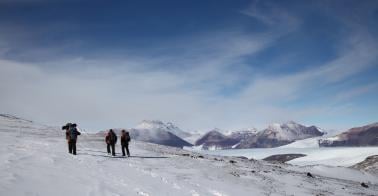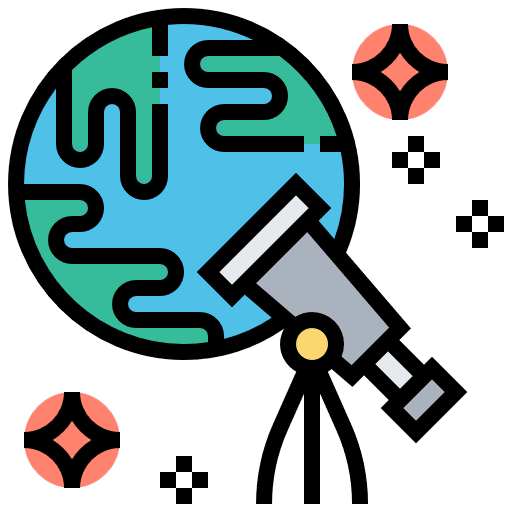Thematic units of Earth science simulations
Giants of science
“If I have seen further, it is by standing on the shoulders of giants”
Isaac Newton

Vilhelm Friman Koren Bjerknes
1862
–
1951
Vilhelm Bjerknes established principles of modern weather forecasting and applied physics and mathematics to the climate
“To understand the climate is to understand our world”

Léon Foucault
1819
–
1868
Léon Foucault demonstrated Earth’s rotation with his famous pendulum and measured the speed of light with great precision, revolutionizing experimental optics
“The pendulum does not lie: the Earth moves beneath our feet”
Become a giant
Your path to becoming a giant of knowledge begins with these top free courses

Free mode

Introduction to Water and Climate


Free mode

Geoscience: the Earth and its Resources


Free mode

Groundwater Cycle


Free mode

Antarctica: From Geology to Human History


Free mode

Sustainability, Resilience, and Society


Free mode

Antarctica in a Changing Climate




































